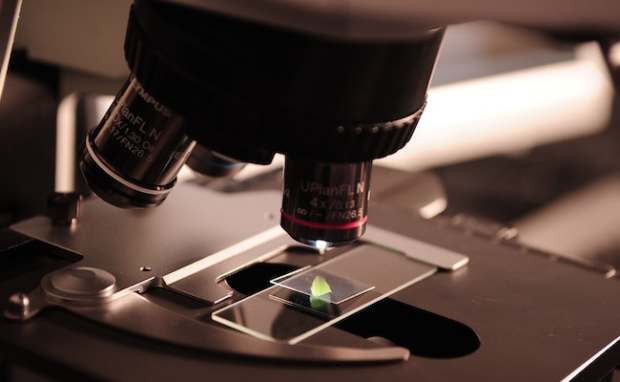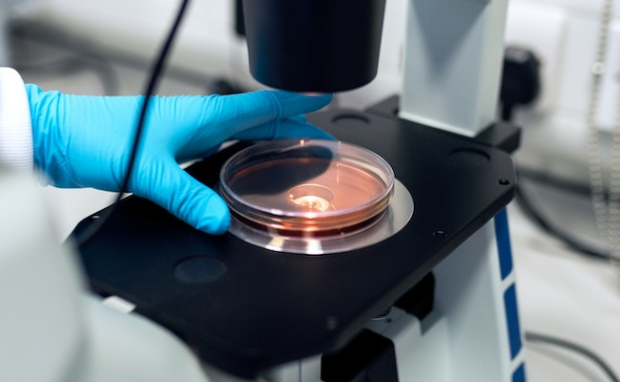Lab-grown meat companies first to get USDA approval
The United States Department of Agriculture allowed two companies to sell lab-grown chicken. The first was Upside Foods, then Good Meat followed. As a result, the country is the second to approve the sale and consumption of lab-cultivated meat, with Singapore as the first.
Numerous activists have been fighting for humanely treating livestock and mitigating its environmental impacts. Thanks to Singapore and the United States, more people worldwide would consume lab-grown meat, reducing the demand for traditional meat and greenhouse gases.
However, is it safe to consume lab-made chicken? I will first elaborate on the USDA’s historic move to approve lab-grown meat. Then, I will cover its potential pros and cons, so you can decide whether to try it immediately.
More details about approving lab-grown meat
USDA Approves ‘Lab-Grown’ Chicken—Here’s Where To Buy It https://t.co/skbTyZCZpU pic.twitter.com/Y9jWtIqiEj
— Forbes (@Forbes) June 23, 2023
The Associated Press reported US regulators approved the sale of chicken made from animal cells. The country’s Department of Agriculture allowed two California companies to offer lab-grown meat.
It said it greenlit two companies: Upside Foods and Good Meat. However, neither company has specified when to offer their products to the public.
According to CNN, both plan to introduce their creations in restaurants. Good Meat announced a partnership with restaurateur and chef José Andrés to bring lab-grown food to a Washington, DC, restaurant.
Meanwhile, Upside Foods would launch its lab-grown meat with a San Francisco restaurant called Bar Crenn. Yahoo Finance says it will hold a contest “where consumers can enter for a chance to be among the first in the United States to eat Upside’s cultivated chicken.”
What is lab-grown meat?

The European Food Information Council says lab-grown meat refers to meat from animal cell culture. EUFIC explains how people create it in laboratories:
- A team of experts takes stem cells from a live animal. Stem cells can become other specialized cells, such as muscle, liver, and blood cells.
- Then, they put the stem cells in large tanks called bioreactors. These containers have culture media to provide nutrients.
- Experts periodically change the culture media to convert stem cells into the three main components of meat: fat, muscle, and connective tissue.
- Afterward, the experts separate the cells to “build” the type of meat required. This part is called “scaffolding,” which lets researchers turn converted cells into mincemeat or steak.
You may also like: FoodProX AI Can Gauge Food Processing Levels
Former CNN reporter Julia Horowitz tried a cell-based meatball from Ivy Farm Technologies. She says the meat was “a bit dense and on the smaller side, not exactly the classic version you imagine melting in your mouth at an Italian restaurant.”
Horowitz also praised its flavor for being “full and savory.” However, we may need to wait longer to try lab-grown meat from our favorite stores.
What are the pros and cons of lab-grown meat?
Arguably, one of the most celebrated benefits of cultivated meat is the reduction of greenhouse gases. Smithsonian Magazine shared a related statement from the vice president of product and regulation at Upside Foods, Eric Schulze.
He said, “It’s an incredible, historic moment. The next giant hurdle is scaling up. Frankly, that’s what matters.” Then, the publication explained the negative impacts of traditional animal raising.
Smithsonian says roughly a quarter of global greenhouse gas emissions come from food production. The Week also explained the other benefits of lab-grown meat:
- Traditional meat production occupies an excessive amount of land. Josh Tetrick, co-founder and chief executive of Good Meat operator, Eat Just, said, “Instead of all of that land and all of that water that’s used to feed all of these animals that are slaughtered, we can do it differently.”
- Lab-cultivated meat products could significantly reduce the questionable animal treatment in food factories.
- Laboratories can ensure our meat products do not contain microbes that could cause diseases. Also, they could make meat healthier by adding vitamins and minerals.
You may also like: AI agriculture changes farming worldwide
Of course, lab-grown meat has a few downsides, such as its questionable taste. Here are the other potential problems with mass-producing it:
- Most people don’t trust lab-grown meat. After all, we often assume our foods come from farms, not laboratories.
- Many people could lose their jobs if lab-made meat runs traditional farms and factories out of business.
- If lab-grown meat becomes cheaper and easier to make, it may encourage overeating and obesity.
Ironically, lab-grown meat could still harm the environment. Future projections indicate that cultivated meat could generate alarming carbon dioxide levels as we scale production.
Conclusion
The United States Agriculture Department approved two companies to sell lab-grown meat. However, they will conduct trials in a few restaurants first.
They would likely check consumer sentiment and potential safety concerns before launching their new products to the public. Later, you might see lab-made meat in your neighborhood stores.
Are you willing to try a lab-cultivated meal soon? Check out the Inquirer Tech for the latest tips and trends in food technology, artificial intelligence, and more.
